Vivien
Parentage : Kalanchoe luciae x K. sexangularis
A chance hybrid originated in South Africa, described in Sedum Society Newsletter No. 112, January 2015 :
Approximately 40 years ago, Paul and Vivien Schoeman bought a large property in Port Elizabeth, South Africa, in order to start a nursery - today known as Weltevrede Succulent Nursery. The garden was mainly planted with eucalyptus trees, but in a garden bed a colourful Kalanchoe was found growing there. Schoeman did not know the identity,but for some time they provisionally called it K. paniculata, a species native to SA that shows some resemblance. They did not pay much attention to it, keeping it in the private garden section of the nursery, and only occasionally on request supplied nursery visitors with cuttings.
More recently however it has been used in a number of landscaping projects and turned out to be a great subject, the rosettes colouring up dramatically when grown in full sun and with not too much water.
The colour and serration of the leaves is very reminiscent of K. sexangularis, so for some time it has been speculated it might be a much larger form of the latter but this idea has been dropped instantly as soon as inflorescences have been observed - tall, pyramidal inflorescences with white flowers (K. sexangularis is a yellow flowered species).
Obviously this striking plant is not a known form of a species but much rather a hybrid ! While the glabrous leaves clearly point to K. sexangularis as one of the parents, the almost stemless rosette, the size of the leaves, the shape of the inflorescence and the white petals strongly remind of K. luciae. Both these species have been in cultivation in SA in many domestic gardens for decades (the latter always erroneously considered to be K. thyrsiflora). So most likely this plant is a spontaneous garden hybrid originated in the property Paul and Vivien Schoeman purchased to make it a place for their nursery. To name it Kalanchoe 'Vivien' will be quite appropriate.
It is a vigorous plant, freely offsetting and thus quickly forming large clusters which can easily be broken up to form new groups.
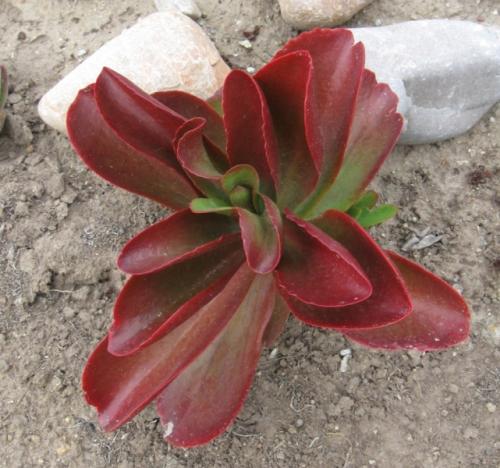
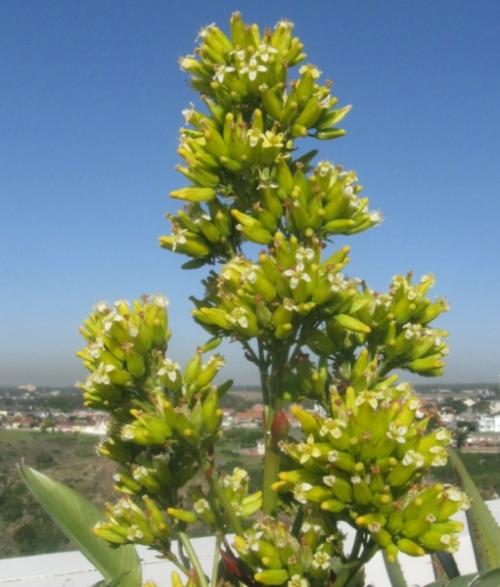
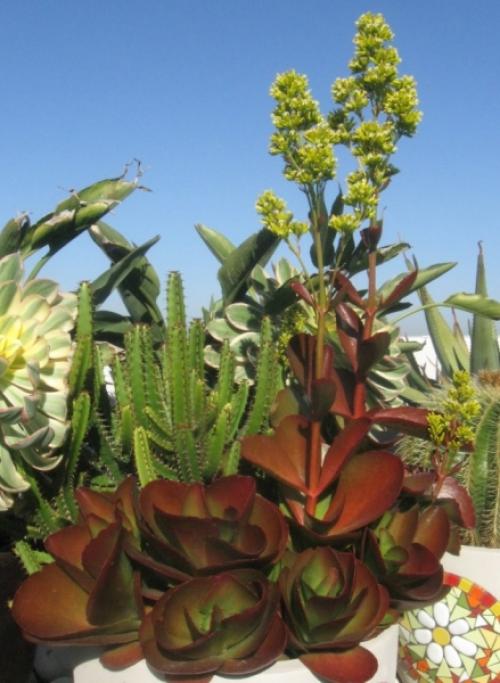
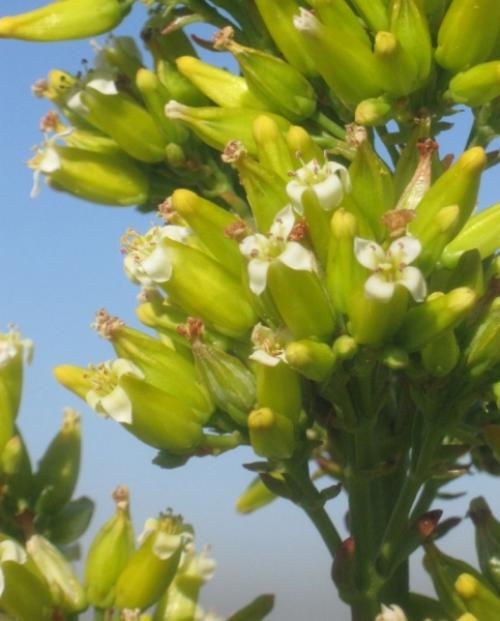
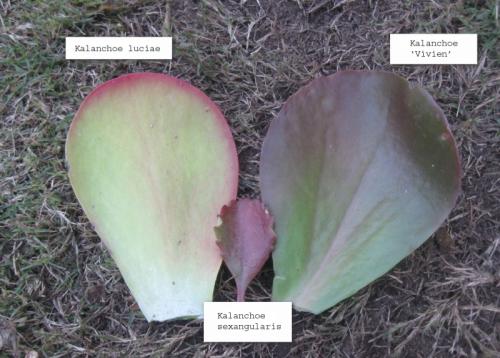
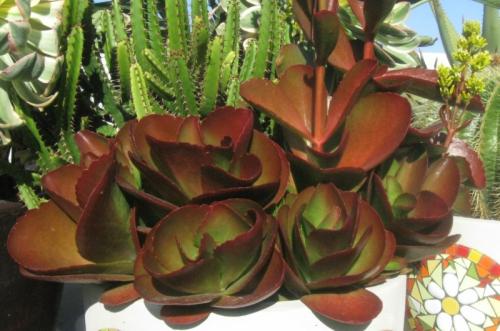
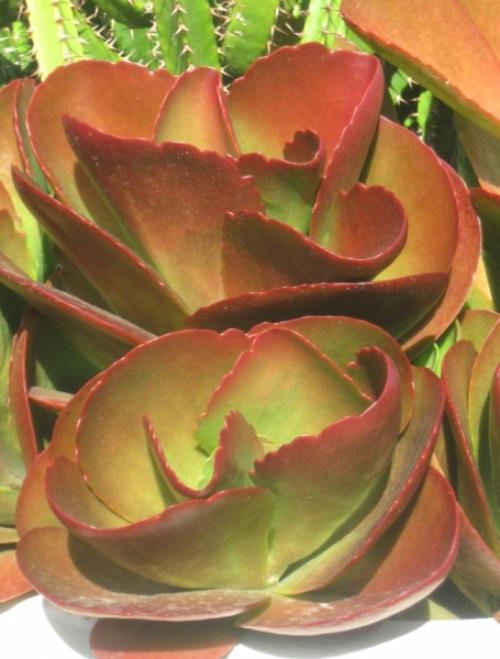
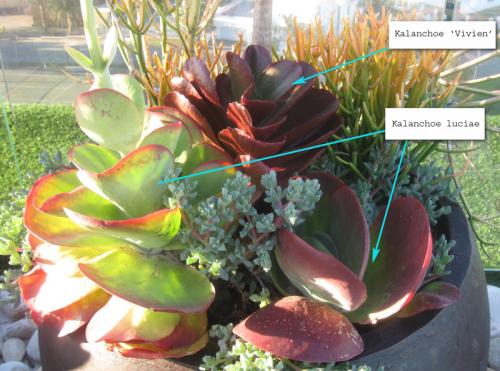
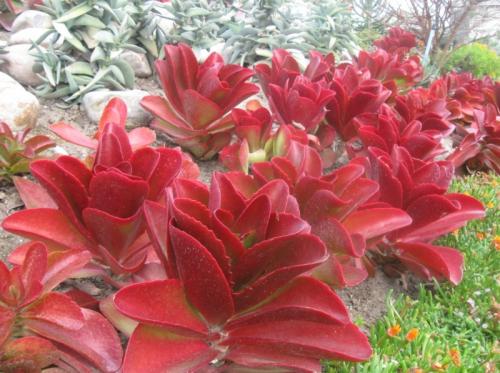
Photos Jacquie Koutsoudis